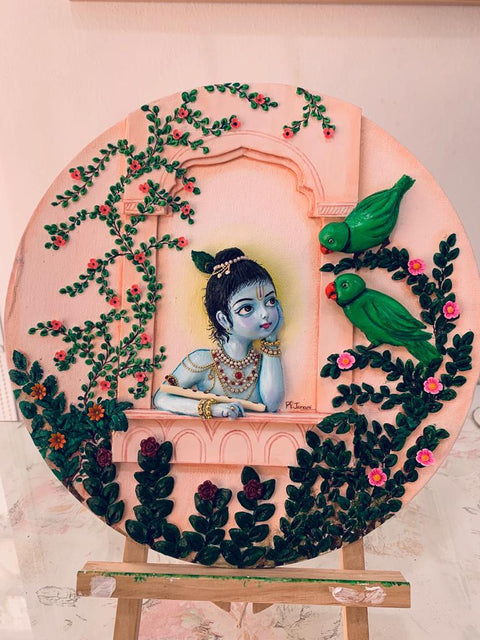
The Fascinating History of Dussehra
Dussehra, also known as Vijayadashami, is a significant Hindu festival celebrated in India and around the world. This vibrant festival, observed on the tenth day of the Hindu lunar month of Ashwin, symbolizes the triumph of good over evil. Let's delve into the captivating history of Dussehra.
Mythological Origins:
According to Hindu mythology, Dussehra commemorates Lord Rama's glorious victory over the demon king Ravana. The epic Ramayana recounts how Lord Rama, accompanied by his wife Sita and brother Lakshmana, valiantly defeated Ravana after an intense ten-day battle. This extraordinary triumph signifies the ultimate victory of righteousness over wickedness.
Historical Significance:
Beyond its mythological roots, Dussehra holds historical significance as well. It is believed that this festival originated during the reign of King Ashoka in ancient India. After witnessing the horrors of war during the Kalinga War, King Ashoka embraced Buddhism and promoted peace and non-violence throughout his kingdom. He celebrated Dussehra as a powerful symbol of harmony and unity.
Regional Variations:
Dussehra is celebrated in diverse ways across different regions in India. In North India, it dazzles with grand processions known as 'Ramlila,' where scenes from Lord Rama's life are vividly enacted through captivating plays and performances. In West Bengal, it coincides with another significant festival called 'Durga Puja,' where Goddess Durga is worshipped for nine days before being ceremoniously immersed in water on Vijayadashami.
Cultural Celebrations:
Dussehra not only serves as a religious festival but also as a celebration of India's rich cultural heritage. It is a time when people come together to showcase their traditional arts, crafts, and music. Vibrant fairs and exhibitions are organized in many cities, where skilled artisans display their expertise in creating intricate artwork like Rangoli designs, clay sculptures, and handcrafted textiles. Some of these beautiful creations can be found as art prints or even canvas art prints custom made for collectors.
Symbolism and Rituals:
Dussehra is adorned with various rituals that vary from region to region. One common practice is the symbolic burning of effigies representing Ravana, his brother Kumbhakarna, and son Meghnad. This ritual signifies the definitive victory of good over evil. Additionally, people exchange gifts and sweets with loved ones as a gesture of goodwill.
Significance for Women:
Dussehra holds special significance for women in India. It commemorates the awe-inspiring tale of Goddess Durga's relentless battle against the buffalo demon Mahishasura for nine days before emerging victorious on Vijayadashami. This powerful story symbolizes female empowerment and serves as an inspiration for women across the country.
Modern-Day Celebrations:
In recent times, Dussehra has evolved into a more inclusive festival that transcends religious boundaries. People from different faiths actively participate in the festivities and delight in cultural performances and food stalls set up during this joyous occasion. It has become an opportunity for individuals to come together and celebrate unity amidst diversity.
Conclusion:
The history of Dussehra is deeply intertwined with mythology, history, culture, symbolism, and empowerment. This extraordinary festival unites people to rejoice in the triumph of good over evil while promoting values such as righteousness, peace, unity, and female empowerment. Whether through grand processions or artistic displays like art prints vintage collections or black and white canvas art prints, Dussehra showcases India's vibrant heritage in a jubilant manner.

Comments (0)
There are no comments for this article. Be the first one to leave a message!